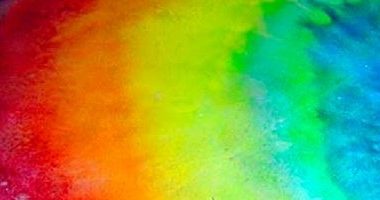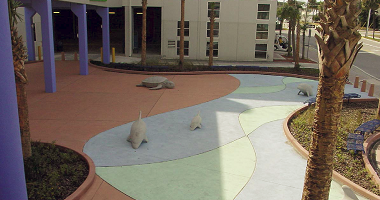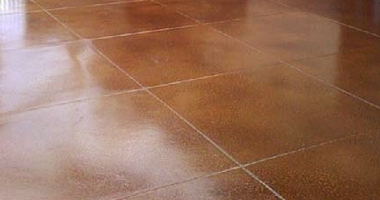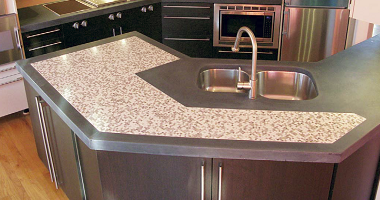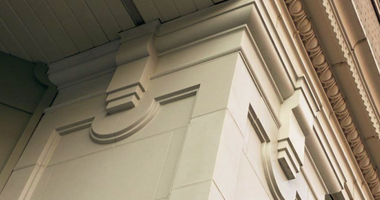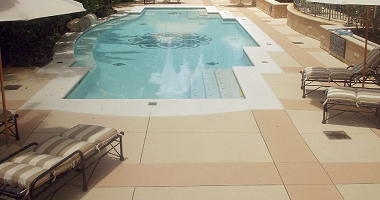As complements to stains, as colorants on polished concrete jobs or on their own, dyes are earning a more permanent place in the decorative concrete artisan’s tool kit.
Author: Chris Mayo
How Admixtures Affect Integrally Colored Concrete
Something has to give when pigments interact with pozzolans, plasticizers and other additives in your mix.
Using Surface Retarders on Vertical Concrete
Exposed aggregate finishes are in demand on concrete walls. How do you get that rock to pop? One way is to use a surface retarder.
Stain and Sealer in One by HP Spartacote
Many companies might have been satisfied with creating a successful coating system that has steadily gained in popularity. Wilmer Rowe, chief chemist of HP Spartacote LLC, is cut from a different cloth. Taking inspiration from some of the staining exhibits at World of Concrete, he began working toward creating stains that would integrate with HP Spartacote’s polyaspartics.
The Case for CSA Cements for Concrete Countertops
According to Jeffrey Girard, P.E., founder of The Concrete Countertop Institute, concrete with calcium sulphoaluminate (CSA) is the way to go for countertops.
"When I first used CSA instead of portland cement, I recognized that it offers a technological advantage," he says.
Using Concrete to Restore A Hotel To All Its Former Glory
A high-strength cementitious material gave contractors exactly what they needed to restore this venerable and historic building.
Restoring Color in Previously Installed Concrete
Integral colors don’t fade, but over time, integrally colored surfaces can start to look dingy. Understanding why, and what to do about it, is just the beginning of getting a handle on color maintenance.
